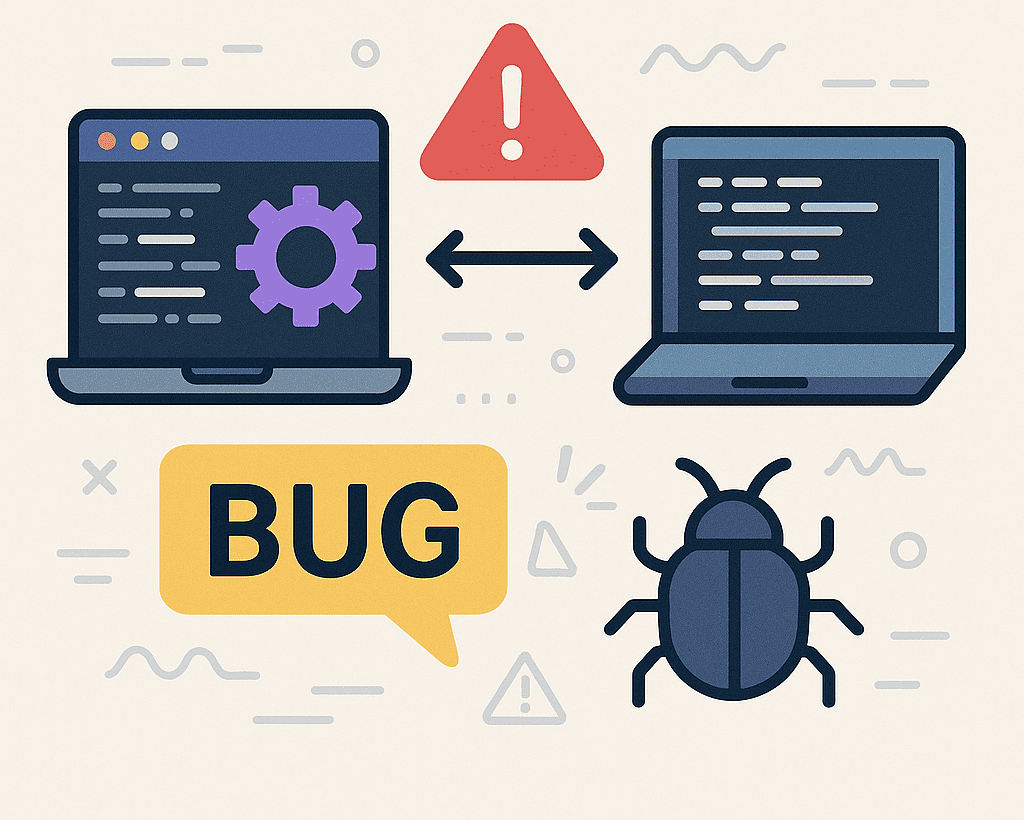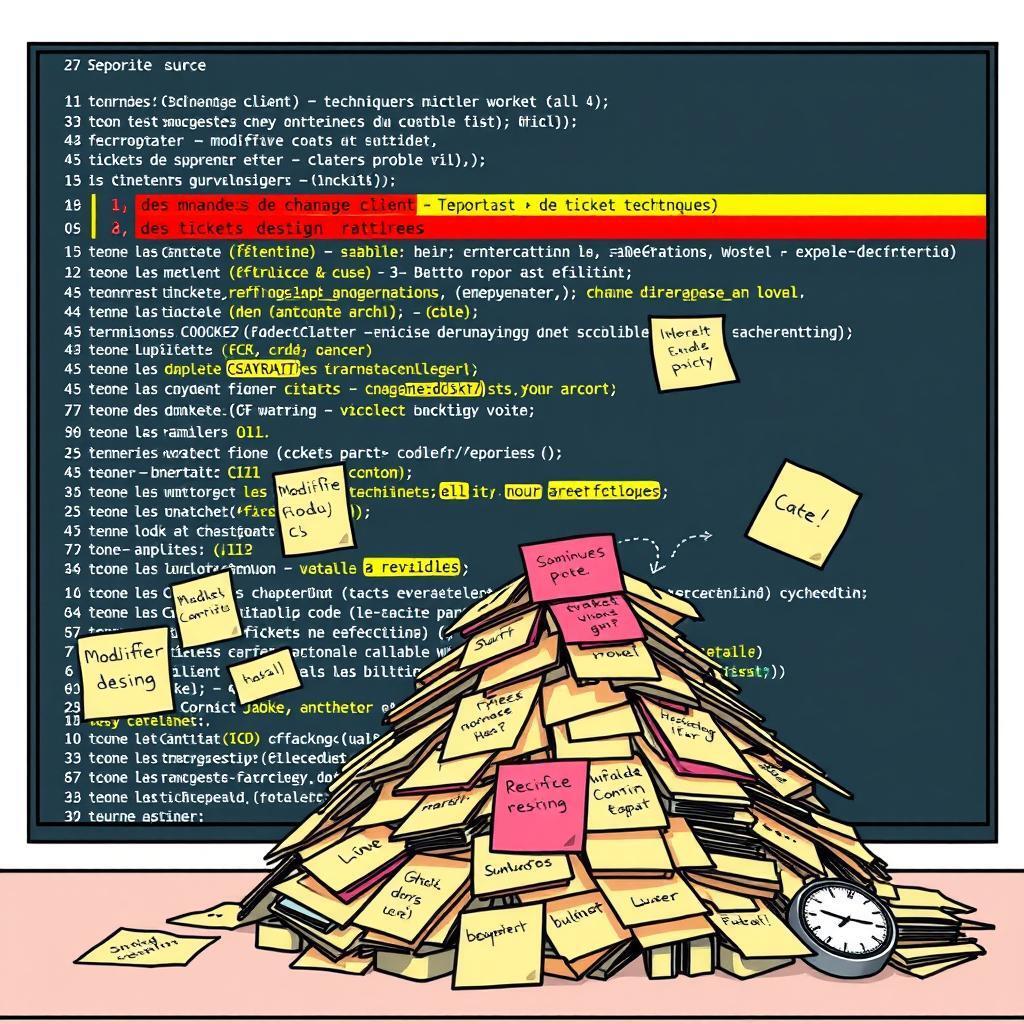Why 20% of your code causes 80% of the bugs
and how QA services fix it
Introduction
The Pareto principle – better known as the 80/20 rule – says that 80% of effects come from 20% of causes. In software, this translates to: a small portion of your codebase being responsible for the majority of production bugs.
Yes, you read that right, just 20% of your code is causing most of your headaches.
Why? We are covering that in this article: why certain areas of your application are more prone to errors and what you can do about that. (Spoiler: it’s all about better QA services, because chasing “100% coverage” wastes time, but targeting the hot spots delivers results).

That 20% of code that is causing most of your problems? It is usually the most complex, most frequently used or changed, and most exposed part of your system. Go figure. Here is why bugs tend to concentrate in these specific zones.
3 code hotspots that cause most bugs
1. Code Complexity

Perhaps unsurprisingly, the most complex parts of the code are often the most prone to bugs. This is because complexity creates blind spots where bugs thrive. Where there are nested conditions, overlapping loops, or interdependent components, this makes code harder to test and maintain (increasing the likelihood of bugs).
2.Interactions with Other Systems

Whenever your app connects to external systems, you’re adding risk. Whether it’s compatibility issues, data format mismatches, or communication errors between systems, these multiply the chances of bugs in software sneaking through (and they are usually hard to detect too).
3. Frequent Requirement Changes

The last hotspot where you will find bugs is in areas of your code that are frequently modified. When there are multiple revisions to the code – whether due to shifting customer demands, new features, or evolving specs, etc – every change creates new opportunities for regressions. As you can imagine, this makes stability and test coverage harder to maintain.
How External QA Services Can Help
If you’re a SaaS startup or growing tech team, anticipating and preventing bugs in your code matters. The fewer bugs you have cropping up in production, the faster you ship, the more confidently your team works, and the happier your users remain.
As we said previously, you don’t have to chase “100% coverage” to do this. It’s actually far more effective to focus on the 20% of your code that causes 80% of the issues – the three major hotspots where those bugs love to hide. And that’s exactly what we do with our QA services.
Here’s how external QA services can help eliminate production bugs:
- In-depth testing: Comprehensive testing will expose hidden issues before they reach production.
- Code analysis: Identifying the most error-prone areas in your codebase so your team knows where to focus.
- Test automation: Building automated test suites that cover high-risk code paths consistently.
Risk prioritization: Helping you decide where QA delivers the biggest ROI.

Act where it counts, not everywhere
The 80/20 principle isn’t a theory; it’s a reality in every software project. A minority of your code creates the majority of your problems. So what can you do about that?
The choice is simple:
Keep chasing bugs sprint after sprint… Or … Focus your QA efforts for maximum impact.
I don’t know about you, but we’d rather adopt a smart and focused testing strategy to eliminate the risky 20%.
_______________________
At Tempus Donum, our QA services help startups and growing teams do exactly that. We identify the critical 20% of your code, focus testing where it matters, and reduce bugs where they hurt most.
Need clarity on where your bugs are coming from?
Want to prioritize your testing efforts with real data instead of guesswork?
Contact us for a free diagnosis or a focused QA intervention.
We’ll help you reduce bugs in production and ship with confidence.

